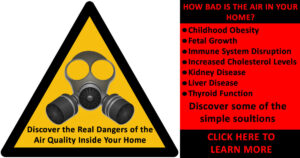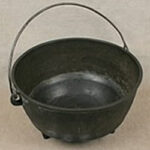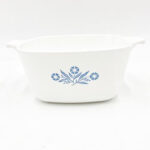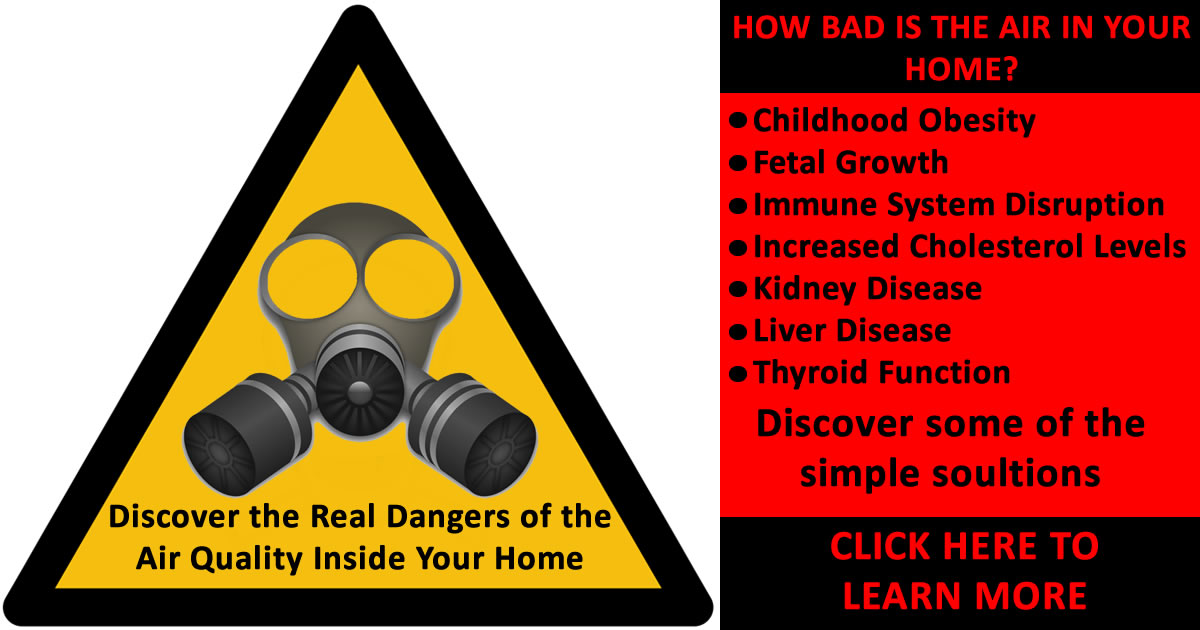How to Reduce Food Exposure to PFAS
However as of 2020 one study found that 79% of tested nonstick cooking pans and 20% of tested nonstick baking pans were coated with PTFE [2].
 A study released in 2017 found that 46% of food contact papers and 20% of paperboard samples contained detectable fluorine. Liquid chromatography/high-resolution mass spectrometry analysis of a subset of 20 samples found perfluorocarboxylates, perfluorosulfonates, and other known PFASs and/or unidentified polyfluorinated compounds (based on nontargeted analysis). The worst culprits, starting with the highest were; (1) dessert & bread wrappers, (2) Sandwich & Burger wrappers, (3) Paperboard (french-fry boxes), (4) paper cups[3]. Prolonged food contact at high temperatures has also been shown to increases contamination, especially with fatty foods[4]
A study released in 2017 found that 46% of food contact papers and 20% of paperboard samples contained detectable fluorine. Liquid chromatography/high-resolution mass spectrometry analysis of a subset of 20 samples found perfluorocarboxylates, perfluorosulfonates, and other known PFASs and/or unidentified polyfluorinated compounds (based on nontargeted analysis). The worst culprits, starting with the highest were; (1) dessert & bread wrappers, (2) Sandwich & Burger wrappers, (3) Paperboard (french-fry boxes), (4) paper cups[3]. Prolonged food contact at high temperatures has also been shown to increases contamination, especially with fatty foods[4]
PFAS were also found to be present in almost all types of straws, except for those made of stainless steel. PFAS were more frequently detected in plant-based materials, such as paper and bamboo[5]. Paper cups that contain hot liquids also show PFAS contamination[6]. To review a comprehensive list of what PFAS can be found in Click Here.
What is the best answer to reduce and/or eliminate PFAS from cookware exposure?
 Cast Iron Cookware; Durable and very long lasting and non-toxic, it is in burnt into American culture from the pioneer days. Well-seasoned cast iron cookware provides about the best cooking option and are very oven friendly. While the clean up can be an issue (sticky food), a well-seasoned skillet can provide less sticky/cleaning issues.
Cast Iron Cookware; Durable and very long lasting and non-toxic, it is in burnt into American culture from the pioneer days. Well-seasoned cast iron cookware provides about the best cooking option and are very oven friendly. While the clean up can be an issue (sticky food), a well-seasoned skillet can provide less sticky/cleaning issues.
 Stainless Steel Cookware: Another durable form of cookware, it is also scratch-proof and the high quality ones clean up very well and reasonably priced and can handle acidic foods like tomatoes.
Stainless Steel Cookware: Another durable form of cookware, it is also scratch-proof and the high quality ones clean up very well and reasonably priced and can handle acidic foods like tomatoes.
 Ceramic Cookware: The easiest to clean, however they may have heat distribution issues and they scratch easy and can chip. They also they have to be glazed properly with food safe materials.
Ceramic Cookware: The easiest to clean, however they may have heat distribution issues and they scratch easy and can chip. They also they have to be glazed properly with food safe materials.
NEXT: How to Reduce and/or Remove PFAS in Water
<<<<BACK NEXT>>>
Citations
[1] Begley TH, White K, Honigfort P, Twaroski ML, Neches R, Walker RA. Perfluorochemicals: potential sources of and migration from food packaging. Food Addit Contam. 2005 Oct;22(10):1023-31. doi: 10.1080/02652030500183474. PMID: 16227186
[2] https://www.ecocenter.org/our-work/healthy-stuff-lab/reports/whats-cooking
[3] Fluorinated Compounds in U.S. Fast Food Packaging Laurel A. Schaider, Simona A. Balan, Arlene Blum, David Q. Andrews, Mark J. Strynar, Margaret E. Dickinson, David M. Lunderberg, Johnsie R. Lang, and Graham F., Fluorinated Compounds in U.S. Fast Food Packaging. Peaslee Environmental Science & Technology Letters 2017 4 (3), 105-111 DOI: 10.1021/acs.estlett.6b00435 https://pubs.acs.org/action/showCitFormats?doi=10.1021%2Facs.estlett.6b00435&href=/doi/10.1021%2Facs.estlett.6b00435
[4] Michaela Lerch, Romy Fengler, Gina-Reine Mbog, Khanh Hoang Nguyen, Kit Granby, Food simulants and real food – What do we know about the migration of PFAS from paper based food contact materials?,Food Packaging and Shelf Life, Volume 35, 2023,100992,ISSN 2214-2894, https://doi.org/10.1016/j.fpsl.2022.100992.
https://www.sciencedirect.com/science/article/pii/S2214289422001843
[5]Pauline Boisacq, Maarten Dekeuster, Els Prinsen, Yunsun Jeong, Lieven Bervoets, Marcel Eens, Adrian Covaci, Tim Willems & Thimo Groffen (2023) Assessment of poly- and perfluoroalkyl substances (PFAS) in commercially available drinking straws using targeted and suspect screening approaches, Food Additives & Contaminants: Part A, 40:9, 1230-1241, DOI: 10.1080/19440049.2023.2240908
[6]Granby K., Tesdal Håland J. Per- and Polyfluorinated Alkyl Substances (PFAS) in Paper and Board Food Contact Materials—Selected Samples from the Norwegian Market 2017. Norwegian Food Safety Authority; Oslo, Norway: 2018.

